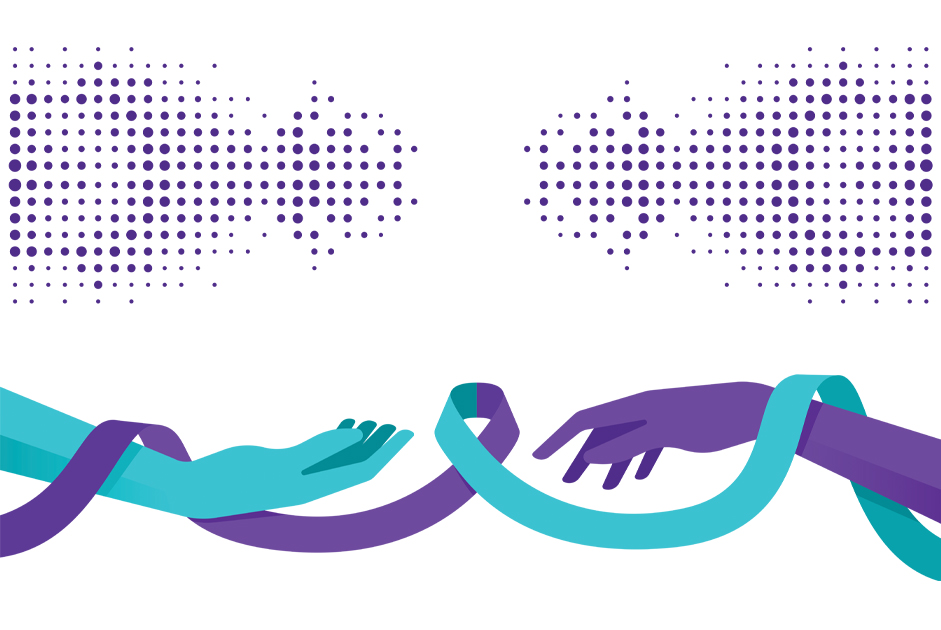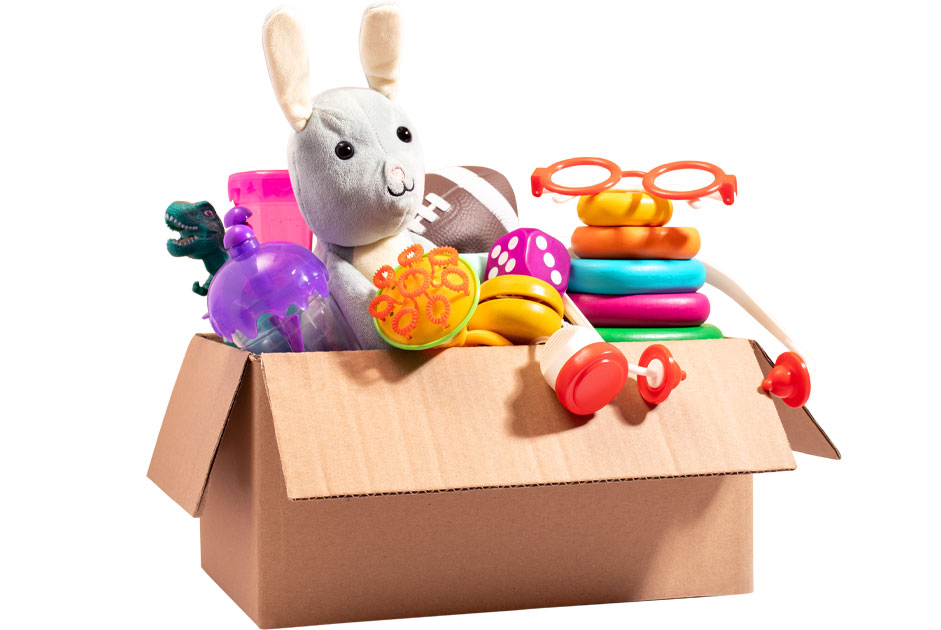Suicide prevention is a critical public health issue that affects individuals, families and communities worldwide. As we navigate life’s challenges, feelings of isolation can intensify, making it crucial to recognize the signs of distress and develop proactive strategies. These practical tips may help prevent suicide, overcome isolation, avoid red flags and create a supportive network that fosters safety and resilience.
Understanding the Pitfalls of Isolation
Even the most apparently extroverted and popular person can experience isolation which can then lead to feelings of hopelessness, depression and an increased risk of suicidal thoughts. Recognizing these pitfalls is the first step in taking action to prevent suicide and foster mental well being. The following risk factors may lead to an unhealthy sense of isolation and an increased risk of suicide.
Lack of Support: When individuals feel isolated, they often lack emotional support and may spiral into negative thought patterns.
Increased Emotional Distress: Regular interaction with others can help alleviate stress and anxiety. Without it, emotional distress can worsen.
Difficulty Seeking Help: Isolation can make it challenging for individuals to reach out for assistance, leading them to suffer in silence.
Recognizing Red Flags
Understanding the signs of someone who may be struggling is vital. Here are some common red flags:
Changes in Mood or Behavior: Noticeable shifts in mood, such as increased irritability, withdrawal or expressiveness about hopelessness.
Isolation: Withdrawal from social activities and friends, or a loss of interest in previously enjoyed hobbies.
Talking About Death: Any conversation about wanting to die, feeling hopeless or discussing how they would end their life should be taken seriously.
Substance Abuse: Increased reliance on drugs or alcohol can be a significant warning sign.
Decline in Self Care: Neglecting personal hygiene, diet and health can indicate deeper emotional distress.
If you notice these signs in someone you care about, it’s crucial to approach them empathetically and encourage open, honest conversations.
Practical Tips for Suicide Prevention
Foster and Encourage Open and Honest Communication: Creating an environment where individuals feel comfortable discussing their feelings is essential. Practice active listening and empathy when someone shares their struggles. Remind them that they are not alone and that support is available.
Build a Support Network: Encourage the formation of a web of supportive relationships. This can include:
Family and Friends: Engage in regular check-ins and shared activities to maintain connections.
Support Groups: Joining or forming support groups can provide a sense of community and shared experiences.
Professional Help: Encourage individuals to seek therapy or counseling if they are struggling with their mental health.
Utilize Technology for Connection: In today’s digital world, technology can play a crucial role in maintaining connections. Use social media, messaging apps and video calls to stay in touch. Virtual meet-ups can effectively bridge the gap created by physical distance.
Create a Safety Plan: Developing a personalized safety plan can provide individuals with coping strategies in times of crisis. This plan can include:
Identifying Triggers: Recognize what leads to feelings of distress.
Coping Strategies: Encourage finding healthy ways to cope, such as exercise, journaling or engaging in hobbies.
Contact List: Compile a list of trusted friends, family members and mental health professionals to call during a crisis.
Promote Healthy Lifestyle Choices: Encouraging regular physical activity, a balanced diet and adequate sleep can significantly impact overall mental health. Mindfulness practices, such as meditation or yoga, can enhance emotional resilience.
Educate Others: Share information about mental health and suicide prevention within your community. Hosting workshops or discussions can empower individuals to recognize red flags and take action when necessary.
Be There: Sometimes, the most valuable thing you can do is simply show up. Let those around you know you care. Small gestures of kindness – a text, a call or a coffee date – can go a long way in making someone feel valued and connected.
Suicide prevention requires collective effort and awareness. By recognizing the dangers of isolation, understanding the red flags and fostering robust support networks, we can create environments that promote mental well being. Each of us has the power to help prevent suicide by being vigilant, showing empathy and fostering connections that uphold safety and resilience. Working together, we can create a world where everyone feels supported and valued.



















